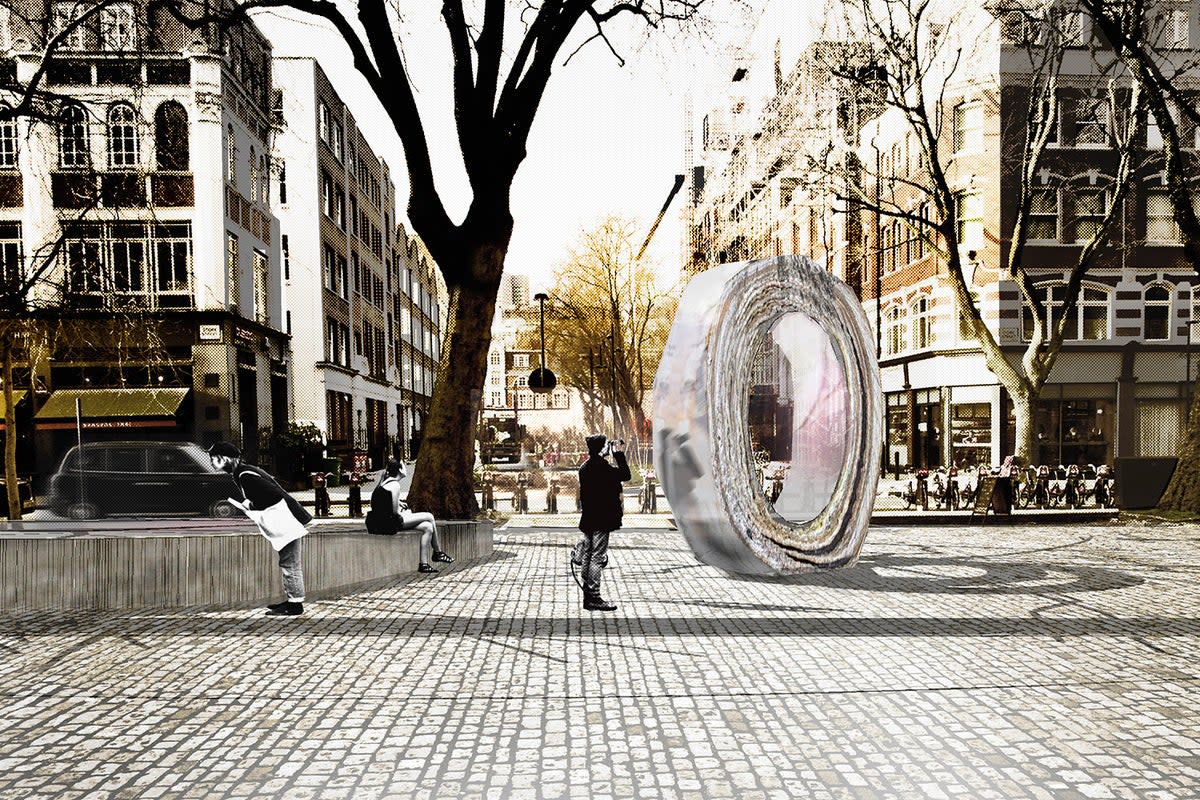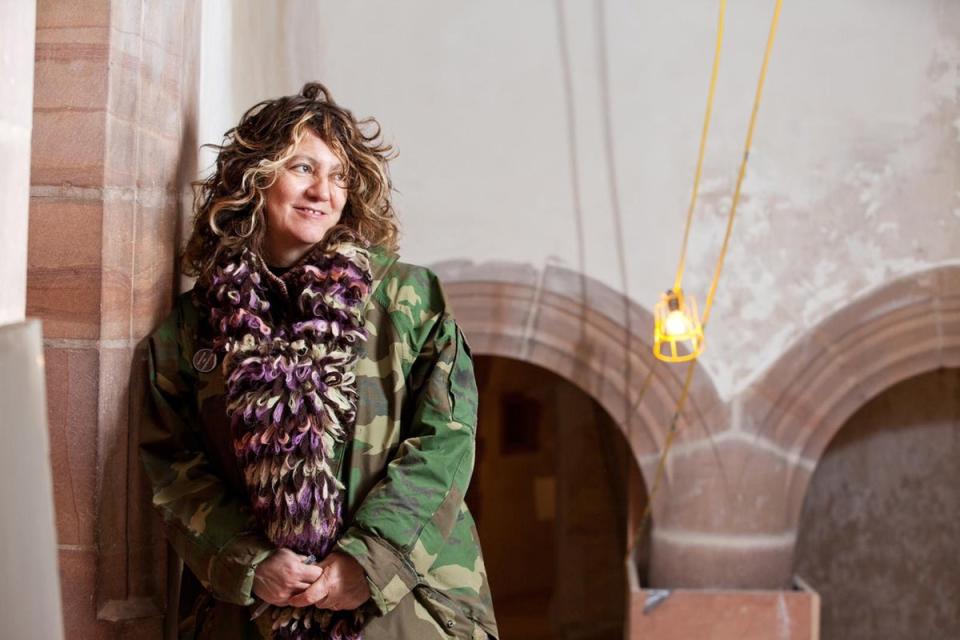‘Tree of life’ is chosen as London's Aids memorial

A giant “symbol of life” in the form of a felled tree and its hollowed-out trunk has been chosen for London’s first permanent Aids memorial.
The design, by artist Anya Gallaccio, was commissioned from a shortlist of five and will stand on South Crescent, Store Street, in Fitzrovia.
It features a specially-built symbolic tree trunk from which the inner rings have been extracted and displayed standing upright next to it on the street, lined by London plane trees.
Gallaccio said: “The proposal as it stands is holding space with the intention of providing a meeting place, a heart for community generated events and oral histories. The tree is a symbol of life.
“The planes that line the street side of the crescent are everywhere in the city, for good reason… they withstand pollution. They are survivors, living, despite their environment, a clunky but perhaps fitting metaphor for those living with HIV and Aids. Hidden in plain sight.”
Scottish-born Gallaccio went to art school in London at Kingston Polytechnic and Goldsmiths College and was shortlisted for contemporary art’s most prestigious award, the Turner Prize, in 2003.

Curator Michael Morris, who was on the selection panel, said the “expression of loss and resilience could not be clearer”.
He added: “The horizontal trunk and the vertical rings that watch over it powerfully and poignantly merge to memorialise the Aids crisis, creating a living place of remembrance both for the communities most directly affected by HIV and for all Londoners.”
The memorial, to be unveiled in 2027, is close to the former Middlesex Hospital where the first UK ward dedicated to the care and treatment of people affected by HIV/Aids was established.
The Broderip Ward took its first patients in January 1987 and was in the hospital where Princess Diana was famously pictured shaking hands with a man with Aids, challenging the then widespread belief it could be transmitted by touch.
Ash Kotak, founder of Aids Memory UK, said the unveiling of the design meant the foundations had been laid for the memorial but now fundraising was needed.
He urged “Londoners and friends of this great city to come together to fundraise and build this... a tribute to the epoch we are all living through, a time of HIV and Aids, as we fight on to its end.”

 Yahoo News
Yahoo News 